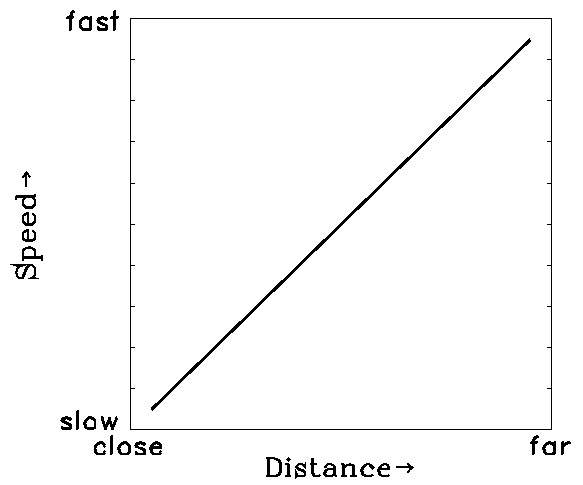
Quiz #3
Tuesday, April 15, 1997
Name: ________________________ Student Number: ______________

2. (3 points) You are observing a massive, young main-sequence star. Which component of the Milky Way is this likely to be located in?
(a) The Nuclear Bulge.
(b) A globular cluster.
(c) A spiral arm in the Disk.
(d) An old open cluster.
(e) The Halo.
3. (4 points) You have observed the spectra of stars in two different
galaxies, Fornax I and Leo II. From the Doppler shift of these spectra,
you know that stars in Fornax I are orbiting much faster than the stars
in Leo II. Which galaxy is more massive?
Fornax I _More Massive4. (3 points) Quasars are compact, extremely luminous sources of light. All of their redshifts are large. How is this information usually interpreted in terms of galaxian evolution?Leo II ____________
Explain exactly how you drew this conclusion.
F = m a lambdapeak=3x107 / T P2=a3 m1 + m2 = a3/P2 E = m c2 D=1/p Stars orbiting faster means they are accelerated more which must be due to a larger force of gravity which is produced by more mass in the galaxy.
If stars move faster, they will complete one orbit in less time, so their period will be smaller. From Kepler's Third Law then the mass will be greater.
(a) Quasars are found only far away and in the past, so they are a stage
of evolution galaxies went through when they were young.
(b) Quasars are rare and far apart, so none are found close to us.
(c) The Milky Way was once a quasar.
(d) Quasars are extremely massive, young stars ejected from the Milky
Way at high speeds.
(e) Quasars are "quasi-stellar objects," believed to be produced by
super-massive black holes in the center of galaxies.